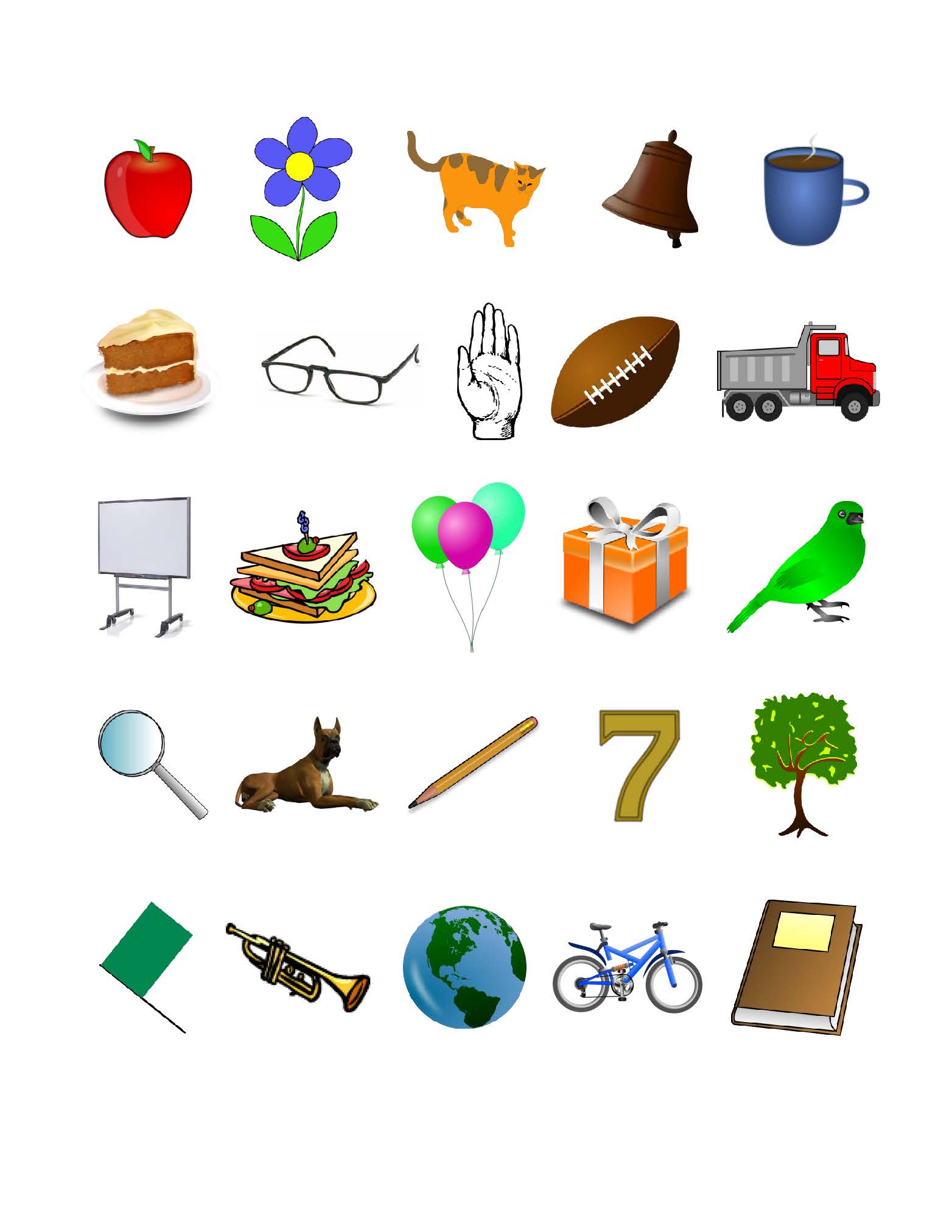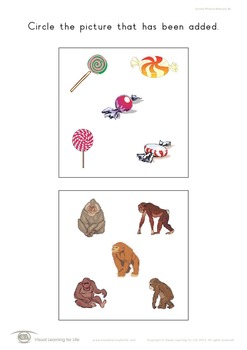
Recent studies have linked visual perception to dyslexia and dyscalculia. Children with visual perception problems have trouble recognizing, remembering, and organizing visual images as needed to understand written and pictorial symbols, which can interfere with many aspects of daily living, most notably learning to read, write, and do math. Visual perception is a highly critical component of a child’s learning. It involves the ability to mentally manipulate visual information as needed to solve problems and to take action in response to environmental demands. Kurtz (2006) defines visual perception as the cognitive component of interpreting visual stimuli.

Visual perception and visual processing are often used interchangeably and refer to the brain’s ability to understand what one sees. In other words, perception represents our apprehension of a present situation in terms of our past experiences, or, as stated by the philosopher Immanuel Kant (1724-1804): “We see things not as they are but as we are.” What is visual perception? Thus, a lack of experience may cause people to misinterpret what they have seen. For example, an illiterate person would not be able to group the lines in the image on the right in the same way and complete the missing lines as you who can read them. Perceptual ability, therefore, heavily depends upon the amount of perceptual practice and experience a person has already enjoyed. Interpretation of sensory phenomena can only be made based on past experiences of the same, similar, or related phenomena. These are all examples of how visual perception is used in everyday life. A corresponding perception can cause the brain to react, if necessary, for example, to the perception of something burning in the oven. You might be looking at the image above and interpret it as part of a clock face, even though the hour and minute hands are missing. As you read these lines, perhaps the smell of the finished dinner is pouring out of the oven into your nose perhaps you are hearing a dog barking in the neighborhood maybe you are feeling some warming rays of sunlight on your skin. Perception is concerned with the interpretation of what is sensed. In vision, sensation occurs as rays of light are collected by the two eyes and focused on the retina.

In hearing, sensation occurs as waves of pulsating air are collected by the outer ear and transmitted through the bones of the middle ear to the cochlear nerve. Sensation is the pickup of information by our sensory receptors, for example, the eyes, ears, skin, nostrils, and tongue. However, psychologists distinguish between sensation and perception. We make contact with the world around us through our five primary senses - sight, hearing, touch, smell, and taste.


 0 kommentar(er)
0 kommentar(er)
